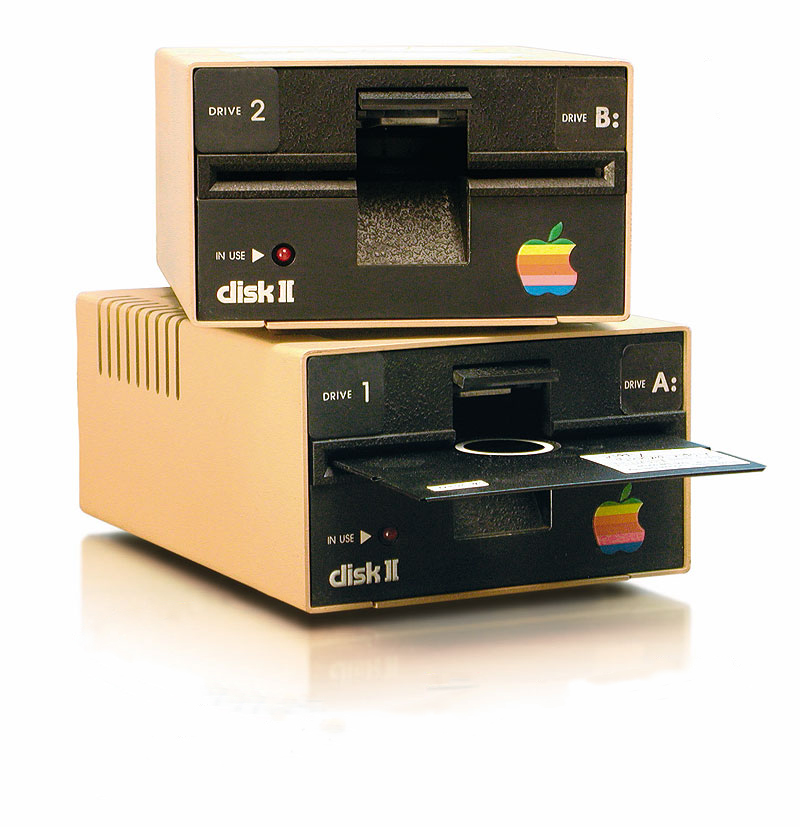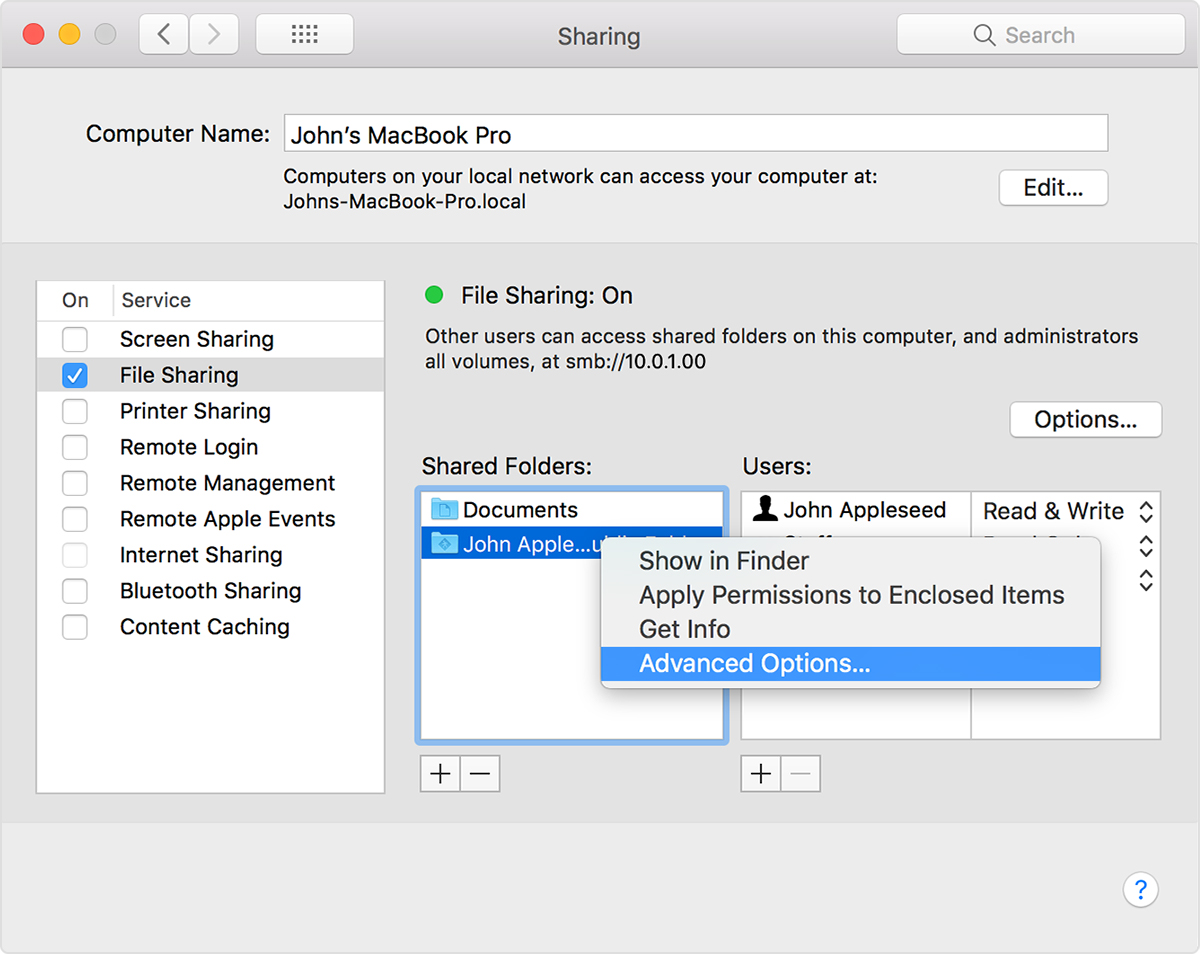
- #Apple disk archive install
- #Apple disk archive manual
- #Apple disk archive archive
- #Apple disk archive software
Due to a planned power outage on Friday, 1/14, between 8am-1pm PST, some.
#Apple disk archive archive
Click the Scheme pop-up menu, then choose GUID Partition Map. For more information about this format, please see the Archive Torrents collection.

In the sidebar, select the storage device you want to erase, then click the Erase button.
#Apple disk archive software
On top of that, there are so many free software commands out there that you might as well give them a try and see what you've been missing.ĭo you know any commands that might be good for us to know? Let us know your thoughts in the comments. If you want to erase any other type of storage device: Double-click Disk Utility in the /Applications/Utilities folder. The flexibility of the command line trumps GUIs in some cases. I can create a script to run a command depending on various triggers. I can schedule a command to run at a later time.

I can quickly run a command in the terminal without the need for a large graphical program to start. The answer is simplicity and convenience. Some of you may be wondering on why I bother with command line programs when a I can likely find a nice GUI program that does the same thing. You can check out our article on installing Brew for more information.
#Apple disk archive install
You can download and compile wget from the FOSS maintainers directly or you can install the Brew package manager and simply use the brew install wget command in the terminal to have it done automatically for you. You can then scroll through the document as needed to find help on any option available.
#Apple disk archive manual
You can access this manual from the terminal by typing man wget and pressing enter. Luckily, installing wget via the Brew package manger (explained briefly below) will also install the wget instruction manual. Need to use a personal login for getting access to specific directories? There's another option for that. Need to archive only the documents on the first two pages of a website? There's an option for that. Since web protocols can be complicated, wget has a myriad of options to deal with that complexity. Wget can be instructed to convert the links in downloaded files to point at the local files, for offline viewing.

This is sometimes referred to as "recursive downloading." While doing that, Wget respects the Robot Exclusion Standard (/robots.txt). Wget can follow links in HTML, XHTML, and CSS pages, to create local versions of remote web sites, fully recreating the directory structure of the original site. It's designated as a "non-interactive" command because you can initiate the program and leave it to do its work without any other user interaction. If you used Disk Utility from macOS Recovery, you can now restart your Mac: choose Apple menu > Restart.The wget command is network downloader that can follow and archive HTTP, HTTPS, and FTP protocols. The order of repair in this example was Macintosh HD - Data, then Macintosh HD, then Container disk4, then APPLE SSD. Note: the file apple-ii-disk-collectionmeta.xml contains metadata about this torrents contents. This directory and the files within it may be erased once retrieval completes. Keep moving up the list, running First Aid for each volume on the disk, then each container on the disk, then finally the disk itself. Note: many Internet Archive torrents contain a pad file directory.

If you're asked for a password to unlock the disk, enter your administrator password.Īfter Disk Utility is done checking the volume, select the next item above it in the sidebar, then run First Aid again.If the button is dimmed and you can't click it, skip this step for the disk, container, or volume you selected.If there is no Run button, click the Repair Disk button instead.In this example, the last volume on the disk is Macintosh HD - Data.Ĭlick Run to begin checking the selected volume for errors. For each disk that you're repairing, start by selecting the last volume on that disk, then click the First Aid button or tab.


 0 kommentar(er)
0 kommentar(er)
